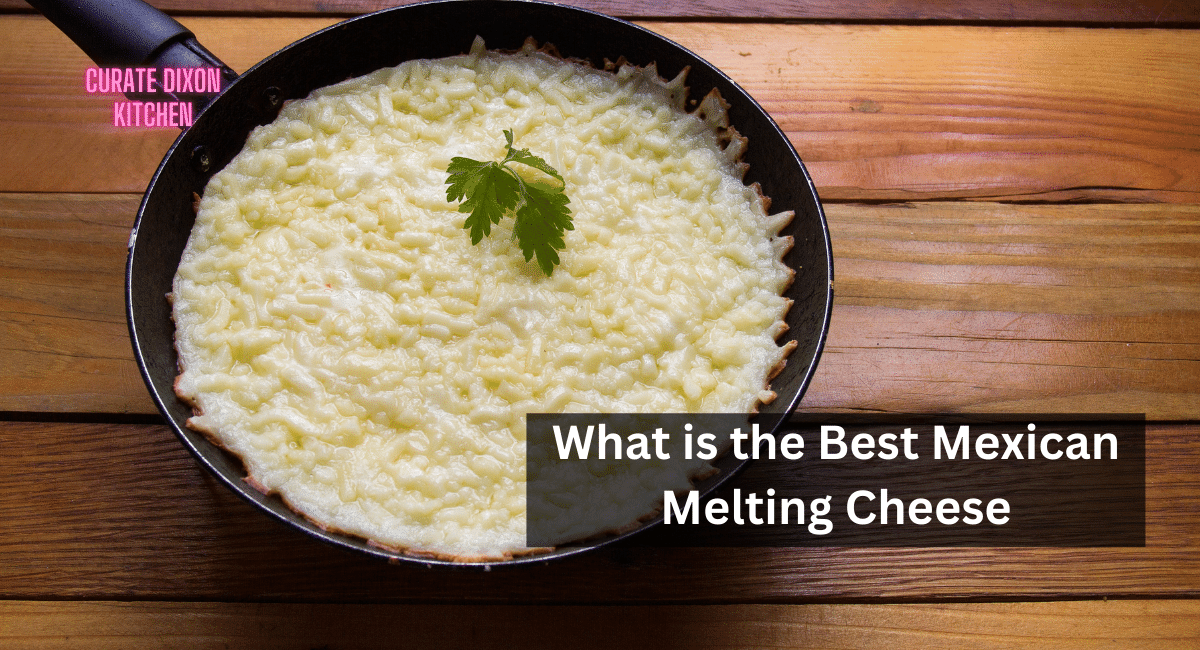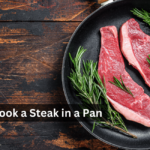Cheese, a quintessential ingredient in cuisines worldwide, takes on various forms, textures, and flavors across different cultures. In Mexican cuisine, cheese is pivotal in adding richness, creaminess, and flavor to a wide range of dishes. The allure of melted cheese in Mexican cuisine is undeniable, whether it’s oozing over a quesadilla, enveloping a chile relleno, or enhancing the deliciousness of nachos. But, among the myriad of options, which cheese is the best for melting in Mexican dishes? In this extensive exploration, we aim to uncover the secrets of Mexican melting cheese, dissecting its various types, origins, textures, flavors, and culinary applications.
The Art of Mexican Cheese-Making
Before delving into the specifics of melting cheese, it’s essential to appreciate the rich tradition of cheese-making in Mexico. This tradition spans centuries and has been shaped by indigenous, European, and other culinary influences. Mexican cheeses are as diverse as the country’s regions, each offering a unique cheese with distinct characteristics. The process of cheese-making in Mexico has been perfected over generations, resulting in cheeses that are not only delicious but also deeply ingrained in the nation’s cultural identity.
The Essence of Melting Cheese
To understand the significance of melting cheese in Mexican cuisine, we must first recognize its multifaceted role:
Texture Enhancement
Melting cheese contributes a creamy, velvety texture to dishes, making them more appealing to the senses. It binds ingredients together, creating a harmonious blend of flavors and textures. Imagine biting into a gooey, cheese-filled enchilada or a crispy, golden quesadilla – it’s a sensory delight that only melting cheese can deliver.
Flavor Amplification
While providing a lush texture, melting cheese also imparts a rich, savory flavor that elevates the overall taste of the dish. The cheese’s unique profile can range from mild and buttery to nutty and tangy, depending on the type chosen. This flavor enhancement is a key reason why Mexican chefs and home cooks alike cherish melting cheese.
Versatility
Mexican melting cheese is incredibly versatile, finding its way into a wide variety of dishes. Whether you’re looking for appetizers, main courses, or desserts, it’s a staple ingredient that knows no culinary bounds. Whether it’s a molten pool of queso fresco atop elite or the creamy heart of chiles rellenos, melting cheese adapts to diverse applications.
Tradition and Innovation
While traditional Mexican melting cheeses have their place, modern innovation has introduced exciting new variations. Cheesemakers are experimenting with flavors and textures, resulting in a fusion of tradition and innovation. This has expanded the possibilities for using melting cheese in Mexican and fusion cuisines.
The Must-Have List of Mexican Melting Cheeses
To identify the best Mexican melting cheese, we need to explore a selection of noteworthy options, each with its unique characteristics and regional significance. These cheeses have stood the test of time and continue to grace Mexican tables with their creamy goodness.
Queso Oaxaca
Origin: Oaxaca, Mexico
Texture: Stringy and smooth
Flavor: Mild, slightly salty
Ideal For: Quesadillas, tlayudas, empanadas
Queso Oaxaca, often called “string cheese,” hails from the picturesque region of Oaxaca in southern Mexico. Its signature feature is its ability to melt into silky, stringy threads when heated. The mild flavor of Queso Oaxaca makes it a popular choice for quesadillas, tlayudas (Oaxacan-style tortillas), and empanadas due to its ability to complement a wide range of ingredients.
Queso Asadero
Origin: Northern Mexico
Texture: Creamy when melted
Flavor: Mild and buttery
Ideal For: Chiles rellenos, queso fundido, nachos
Queso Asadero, native to the northern regions of Mexico, boasts a creamy, buttery texture when melted. Its mild flavor is an excellent companion to dishes where cheese takes center stage, such as chiles rellenos (stuffed peppers), queso fundido (melted cheese dip), and nachos. The way it smoothly blankets ingredients is a testament to its melting prowess.
Queso Chihuahua
Origin: Chihuahua, Mexico
Texture: Creamy and soft
Flavor: Nutty and mild
Ideal For: Enchiladas, quesadillas, tacos
Named after the Mexican state of Chihuahua, this cheese has a soft, creamy texture that lends itself beautifully to melting. Its mild, nutty flavor complements Mexican dishes, including enchiladas, quesadillas, and tacos. Queso Chihuahua is a local favorite that has made its mark on the broader culinary scene.
Queso Manchego
Origin: Not Mexican (Spanish)
Texture: Firm and crumbly when aged
Flavor: Nutty and tangy
Ideal For: Tamales, grilled cheese, sandwiches
Queso Manchego, while not of Mexican origin (it hails from Spain), has become a popular choice in Mexican cuisine. When aged, it exhibits a firm, crumbly texture that adds a delightful contrast to dishes like tamales. Its nutty and tangy flavor profile makes it an intriguing choice for grilled cheese sandwiches and other applications where a unique twist is desired.
Choosing the Right Cheese
Selecting the best Mexican melting cheese for your culinary endeavors depends on a combination of factors, including your recipe, personal preferences, and the desired flavor and texture. Here are some key considerations to guide your cheese selection:
Flavor Intensity
The flavor intensity of the cheese is a critical factor in choosing the right one for your dish. Some cheeses, like Queso Chihuahua, offer a mild, nutty flavor that won’t overpower other ingredients. Others, such as aged Queso Manchego, provide a stronger, tangy kick that can be the star of the show. Think about the taste you want to create for your dish as a whole.
Texture and Meltability
The texture of the cheese is another vital element. Cheeses like Queso Oaxaca and Queso Asadero are excellent choices due to their smooth, creamy textures if you’re aiming for that classic gooey melt. On the other hand, if you desire a firmer, crumbly texture in your dish, Queso Manchego might be the perfect fit.
Traditional vs. Non-traditional
Consider whether you want to stay true to traditional Mexican recipes or if you’re open to experimentation. Traditionalists often stick with Mexican cheeses like Queso Oaxaca and Queso Chihuahua for authentic flavor. However, adventurous cooks may find delight in incorporating Queso Manchego or other non-traditional cheeses to create unique culinary experiences.
Cooking Tips for Mexican Melting Cheese
To make the most of your chosen Mexican melting cheese, follow these expert cooking tips:
Low and Slow
When melting cheese, patience is key. Use low heat to ensure that the cheese melts evenly without becoming stringy or rubbery. High temperatures can lead to undesirable texture changes, so take your time and savor the process.
Prevent Overcooking
Once the cheese is fully melted, promptly remove it from the heat source. Overcooking can cause the cheese to become grainy and lose its creamy consistency. Aim for that perfect, velvety melt by being vigilant and attentive during the melting process.
The quest to find the best Mexican melting cheese is a journey through a rich tapestry of flavors, textures, and culinary traditions. Whether you opt for the stretchy Queso Oaxaca, the creamy Queso Asadero, the soft Queso Chihuahua, or the tangy Queso Manchego, you are embarking on a culinary adventure filled with endless possibilities. Embrace the diversity of Mexican melting cheeses, experiment with new combinations, and savor the mouthwatering results in your homemade Mexican dishes.










